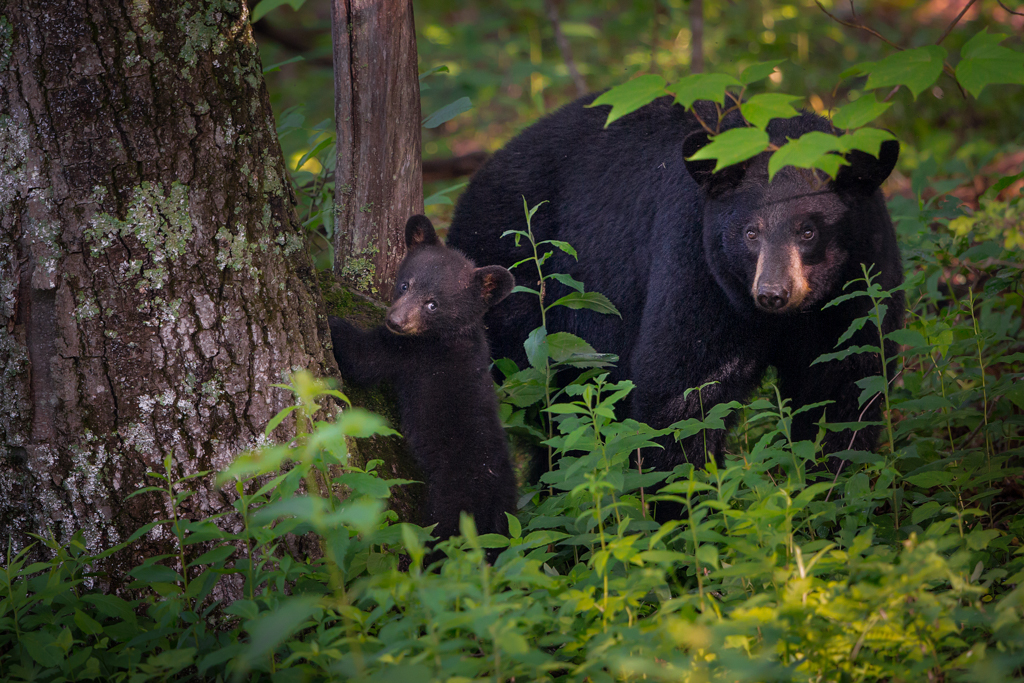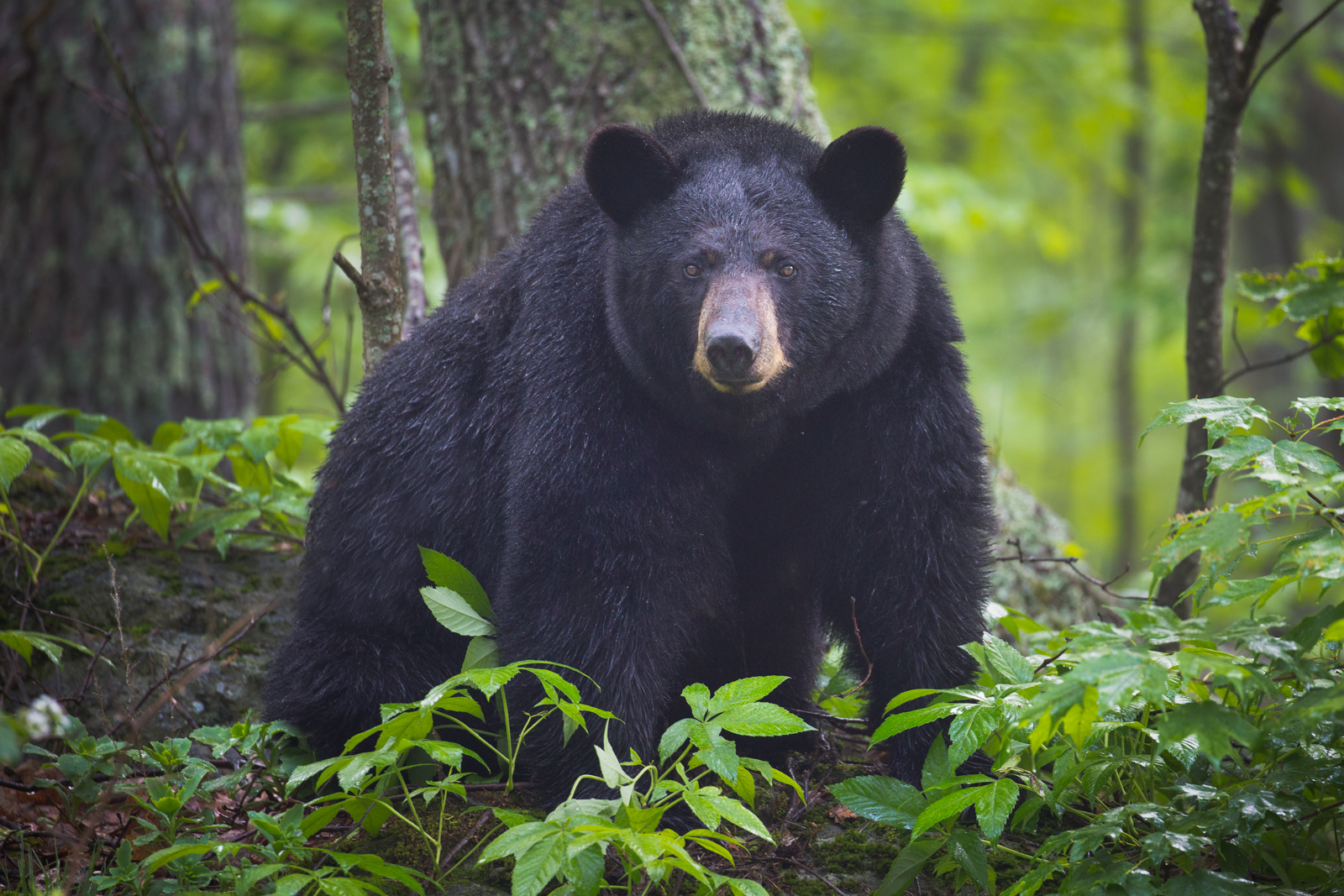Story by: Tyler Reber
I still remember the first time I ever saw a Black Bear in Shenandoah National Park. I’d lived in Northern Virginia for years without ever realizing these incredible animals were essentially in my backyard. As I started getting more and more serious about wildlife photography, seeing a bear and better yet, the idea of photographing one, crept into my mind and nagged at me.
Finally early one late Spring morning, I ventured up to the park with a good friend of mine – he, a naturalist who knew the area fairly well – would eventually find us five different bears through the course of the morning. It was an incredible experience and sort of lit a fire in me to see these animals more frequently.

I try to learn and form my behavior and interactions with the animals I photograph around the ideas of “animal first” and the principles of “leave no trace”.
I suspect that my story above isn’t too different from that of many folks that visit this incredible park. Maybe it’s not about bears; maybe it’s about seeing an owl for the first time or witnessing the whitetail rut, or maybe if you’re REALLY lucky, it’s about seeing a bobcat. Whatever the case may be, it’s important that we understand our impact when viewing and interacting with the wildlife in our parks and other natural areas. I won’t pretend that I’ve always been the picture of responsibility in my “career” as a wildlife photographer, but as I grow with the hobby, I try to learn and form my behavior and interactions with the animals I photograph around the ideas of “animal first” and the principles of “Leave No Trace”.
I think the first and probably most important thing to understand about wildlife photography in general and more specifically bear photography, is that these are obviously very wild animals and it’s imperative that they stay that way. The park warns visitors and campers about the necessity of keeping food secure and there’s a great reason behind that. While the old image of Yogi the bear stealing the picnic basket may be comical in theory, in practice, a bear stealing your picnic basket can be incredibly dangerous not only to YOU if you’re in the area when it happens, but also the bear who has now associated humans with a food source. Using food or other types of lures to draw bears in closer for a photo has this same impact – you’ve made the bear associate you and humans in general, with something it wants. This touches on the idea of Leave No Trace. You can bring food to the park, camp, hike and picnic — but do it responsibly. If there’s no bear-safe way to dispose of food waste, take it with you so that it doesn’t become an attractant for our black bears.

We HAVE to remember that the animal and its well-being must come before our desire to photograph it.
Social media has become a keystone in the lives of many of us…maybe even more so in the age of COVID-19 as we look for ways to communicate and share our lives when we can’t do it in person. Unfortunately, the drive to get “that shot” for social media sharing can often lead to problematic situations with wildlife. Bears often befall this fate because of their novelty. We HAVE to remember that the animal and its well-being must come before our desire to photograph it.
One of the best ways to observe bears and photograph them in Shenandoah is from the comfort and safety of your vehicle. If you see a bear while driving through the park, and you’re able to safely pull entirely off the road to observe it, great! This has multiple benefits – you protect yourself, the bear feels safer because generally they’re used to the idea of a vehicle as they see them frequently, AND you can often get photos with even the smaller cameras and phones because you can shoot from the safety of your car window. It’s a win/win for you and the animal!
Don’t be that person that starts a bear jam!
The important caveat here is that you don’t ever stop your vehicle in the middle of the road to photograph an animal! Don’t be that person that starts a bear jam! Not only is this unsafe for you and for other motorists, but it’s also unsafe for the animal. If you want to stop and take some pictures, you need to be entirely off the road and maintain a 50-yard safe viewing distance.
If the opportunity presents itself to photograph a bear while out hiking or otherwise away from the safety of something like a vehicle, remember the basics – carry bear spray JUST in case, keep your distance by giving the bear a 50-yard buffer, and don’t EVER try and sneak up on a bear or follow it for photos. Be prepared to slowly remove yourself from the area if the bear shows any signs of distress or defensive behavior. Remember, bears may look large and slow, but they can actually cover short distances with incredible speed – far quicker than you could run (and you should never run from a bear…better, don’t put yourself in a situation where you’d feel the NEED to run from a bear).
Those are a couple of my thoughts specific to keeping bears wild in the context of wildlife photography. I’d like to add one more parting message that I think relates to both the ideas of animal first and Leave No Trace. When sharing photos of your wildlife finds, consider whether there’s any benefit to tagging the location where you took the image, or maybe simply tag it more broadly, (ex. “Shenandoah National Park” instead of “The picnic area at Dickey Ridge in SNP”).
As best we can, we should try and protect locations where we find wildlife, especially when it comes to species that can be more sensitive to our presence.
As much as we all try to be more ethical and responsible in our wildlife photography, there are always going to be bad actors and folks who will misbehave. Leaving locations untagged helps keep them less disturbed and more wild – one or two photographers being in an area once or twice a month, is far better than two dozen for a week at a time. As best we can, we should try and protect locations where we find wildlife, especially when it comes to species that can be more sensitive to our presence.
I hope some of these thoughts have been helpful and informative! Wildlife photography can be a very fun and rewarding pastime, but it’s even better when we act in the best interest of our subjects while we’re out there!
Tyler Reber is a wildlife and nature photographer living right across the Potomac from D.C. Find Tyler on social media and on his website.
In celebration of National Park Week, SNP Trust is sharing stories from our community partners that make our work possible.

